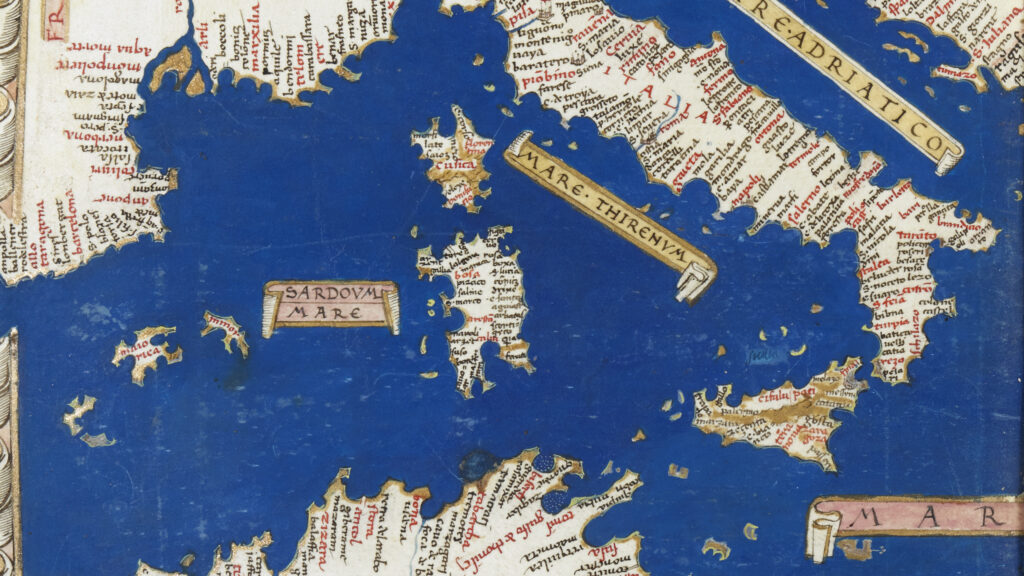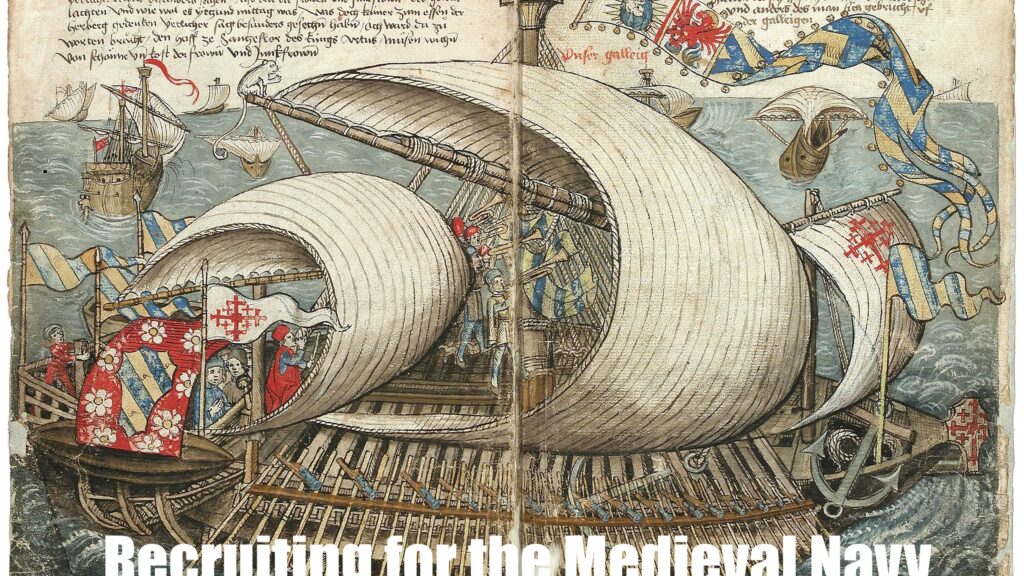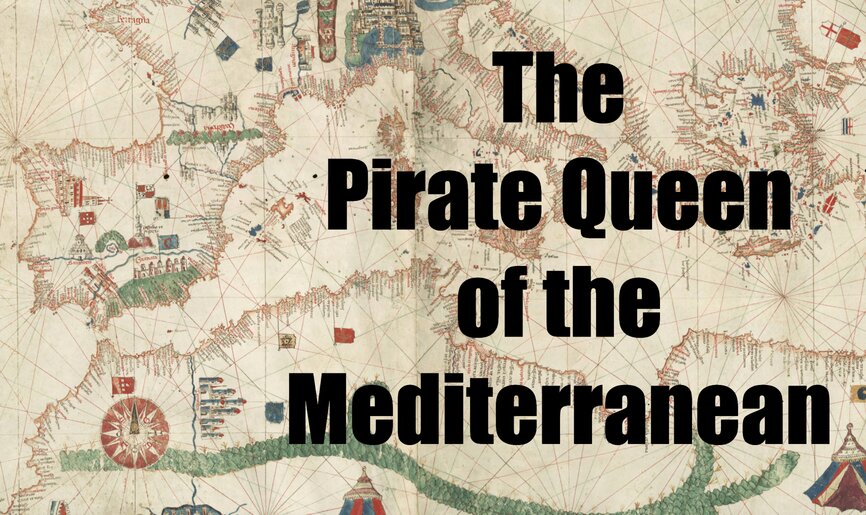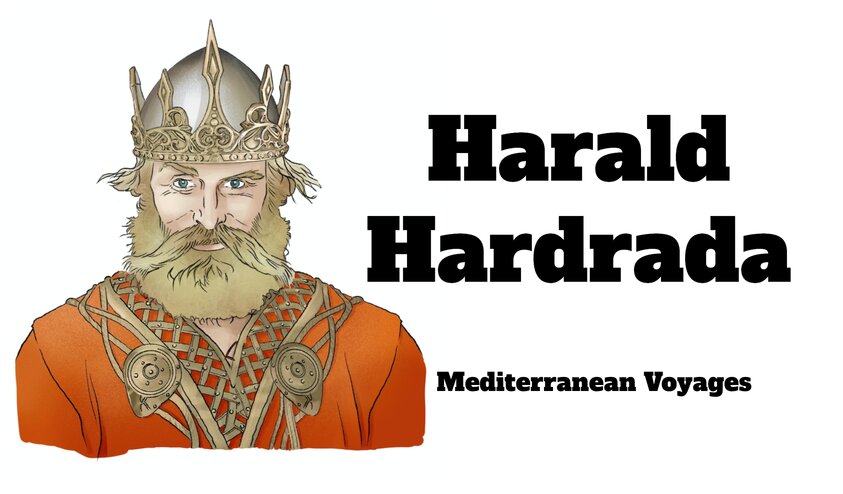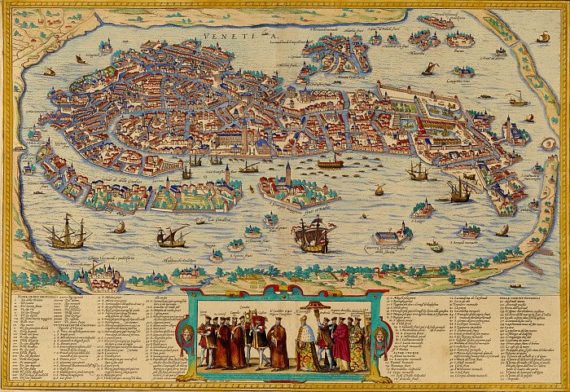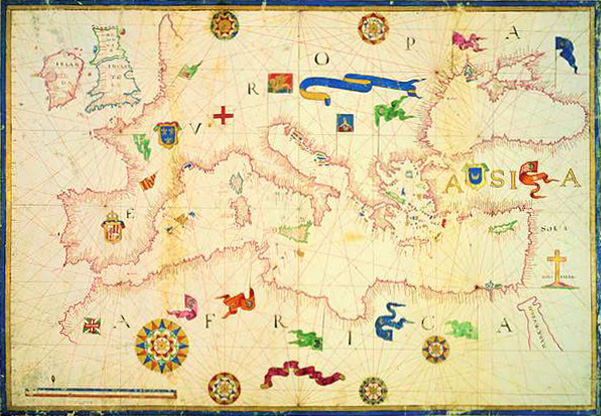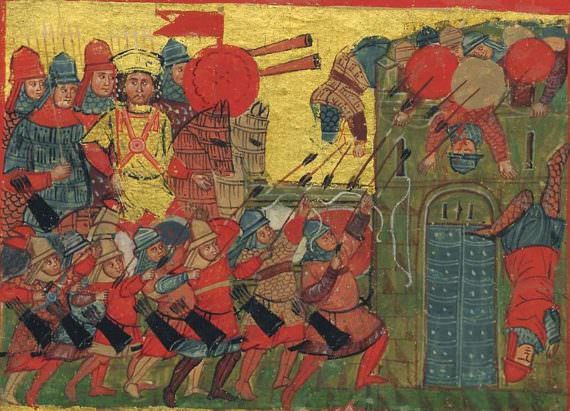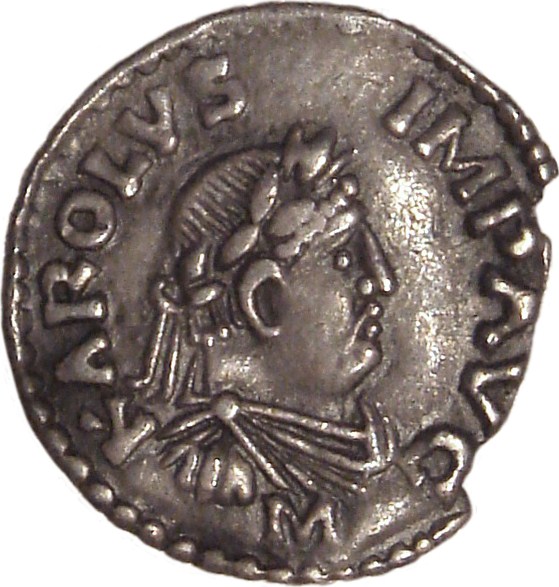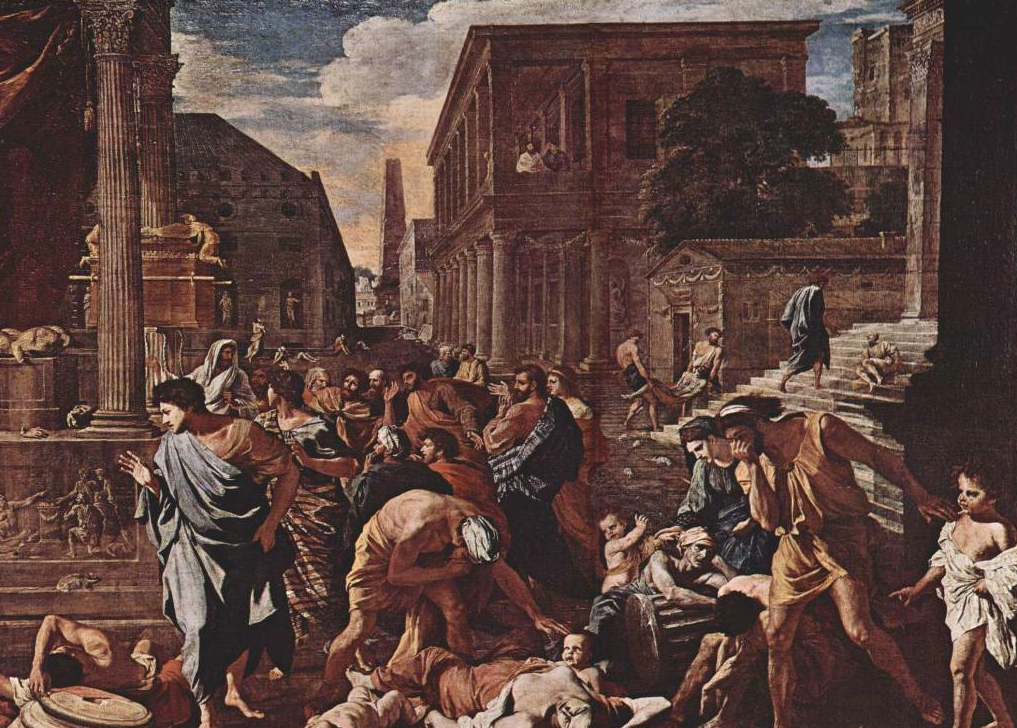Did Pisa and Denia Form an Alliance in the Eleventh Century?
New research suggests a long-lost partnership between a Christian city and a Muslim taifa reshaped Mediterranean politics before the Crusades.
How Medieval Navies Recruited Sailors Who Didn’t Want to Sail
Medieval navies struggled to find willing sailors, often resorting to bribes, deception, and even forced service to fill their ranks. From staged sea battles to promises of silver and spoils, recruiters used every trick in the book to turn reluctant men into seafarers.
Research on Medieval ‘Green Revolution’ wins award
Four medieval researchers have been awarded the 2024 Antiquity Prize for their article, “Re-thinking the ‘Green Revolution’ in the Mediterranean world.”
Violence as Global Practice in the Early Medieval Western Mediterranean
I challenge the assumption that violence involving Muslims and Christians was necessarily religious. Moreover, I propose that normative texts concerning maritime violence impede rather than illuminate our understanding of that violence, particularly in cases adjacent to religious rhetoric.
The Pirate Queen of the Mediterranean: The Story of Al-Sayyida al-Hurra
When it came to piracy on the Mediterrean Sea, one of the most feared and formidable leaders was a woman by the name of Al-Sayyida al-Hurra. Here is her story.
Harald Hardrada: Mediterranean Voyages
Harald Hardrada finds himself in the Mediterranean world, but did he go to Jerusalem?
Ancient DNA in the Western Mediterranean
Ancient DNA has a lot to say about the people who walked the Earth in the Middle Ages. History and sciences are coming together and it’s quite the crossover.
The Medieval Travel Guide of Cristoforo Buondelmonti
Cristoforo Boundelmonti’s 15th-century guide to the islands and lands around the Aegean Sea is a traveller’s delight.
The Intervention of the Crown of Aragon’s Institution’s in Maritime Conflict Management
I would like to talk about the political institutions of the Crown of Aragon, whose power allowed them to make certain decisions in case of maritime conflicts
Call for Papers: Second International Conference on the Military History of the Mediterranean Sea
A conference taking place in Thessaloniki, on 19-20 June 2020
Pirates, Merchants, and a Small Battle on the Island of Kythira in the Later Middle Ages
Incidents of maritime violence such as this were common in the Mediterranean during the later Middle Ages.
Human Trafficking 1000 years ago
Human trafficking was taking place in the Mediterranean a thousand years ago. A recent article takes a look at how and why this business was taking place.
Enduring City-States: The Struggle for Power and Security in the Mediterranean Sea
This thesis will examine medieval and early modern city-states in the Mediterranean as illustrative of political, commercial and military responses to threats and opportunities in the premodern period.
Evoking Tales in a Medieval Ceiling: Sulayman’s / Solomon’s Birds in the Capella Palatina of Palermo
A great multitude of birds populate the painted ceilings sheltering the palatine chapel of Palermo, constructed for King Roger of Sicily; these birds appear to shelter and rest in the great ceiling. As ceilings were often made to represent the sky, thee pictorial associations of birds and ceilings is only logical.
Linking the Mediterranean: The Construction of Trading Networks in 14th and 15th-century Italy
When the Mediterranean Sea is discussed historically, it is never a simple question of geography. Its meaning remains somewhat indeterminate. It refers to intellectual journeys that do not circumnavigate any one particular region; it indicates periods that splash over.
Mirrors of the World: Alexander Romances and the Fifteenth Century Ottoman Sultanate
The beginning of the fifteenth century offered a narrative link between the Ottoman and Alexandrine historical contexts that has been overlooked thus far.
Beyond Honor and Shame: Rabbinic Control of Jewish Women in Medieval Egypt
This lecture explores how the Restrictions imposed on women in Mediterranean societies both past and present are often understood to reflect a gendered model of ‘honor and shame’ that conditions men’s status on their female relatives’ sexual purity.
A Rabbi, a Priest, and an Imam Walk into a Coffee Shop: Talking about Other People’s Religions in the Middle Ages
This lecture focuses on three medieval scholars – one rabbi, one priest, and one imam – who had a lot to say about their rival religions, arguing that there is much more going on when they did so than just ugly denunciation.
Mapping a New View of the Medieval World
Maps do more than show us the way and identify major landmarks – rivers, towns, roads and hills. For centuries, they also offered a perspective on how societies viewed themselves in comparison to the rest of the world.
Charlemagne’s Denarius, Constantine’s Edicule, and the Vera Crux
In 806 a much-discussed silver denarius bearing the likeness of Charlemagne was issued. This is called the “temple-type” coin due to the (as yet unidentified) architectural structure illustrated on the reverse side, and which is explicitly labeled as representing the epitome of “Christian Religion.”
Real and imaginary journeys in the later Middle Ages
For a proper understanding of the actions of men in the past it is necessary to have some idea of how they conceived the world and their place in it, yet for the medieval period there is a serious inbalance in the sources.
The Red Sea and the Port of Clysma. A Possible Gate of Justinian’s Plague
The aim of this study is to present the sea and land commercial routes of the Byzantine Egypt and their role in the dissemination of the plague bacteria Yersinia pestis from the Red Sea to Mediterranean ports. The Mediterranean port of Pelusium was considered as the starting point of the first plague pandemic…
10th century find points to medieval sea routes around Ibiza
A bronze candelabra discovered by a diver in Ibiza in the 1970s is offering clues to the maritime history of this region.
Maurice, Son of Theodoric: Welsh Kings and the Mediterranean World AD 550-650
Among the many petty rulers of early medieval Wales was a king whose name can be rendered Maurice, son of Theodoric.
An abbot between two cultures: Maiolus of Cluny considers the Muslims of La Garde-Freinet
In July 972, Muslim raiders from the citadel of Fraxinetum (modern La Garde-Freinet) abducted Abbot Maiolus of Cluny and his entourage as they crossed the Great Saint Bernard Pass ( Mons Iovis ) in the western Alps.
